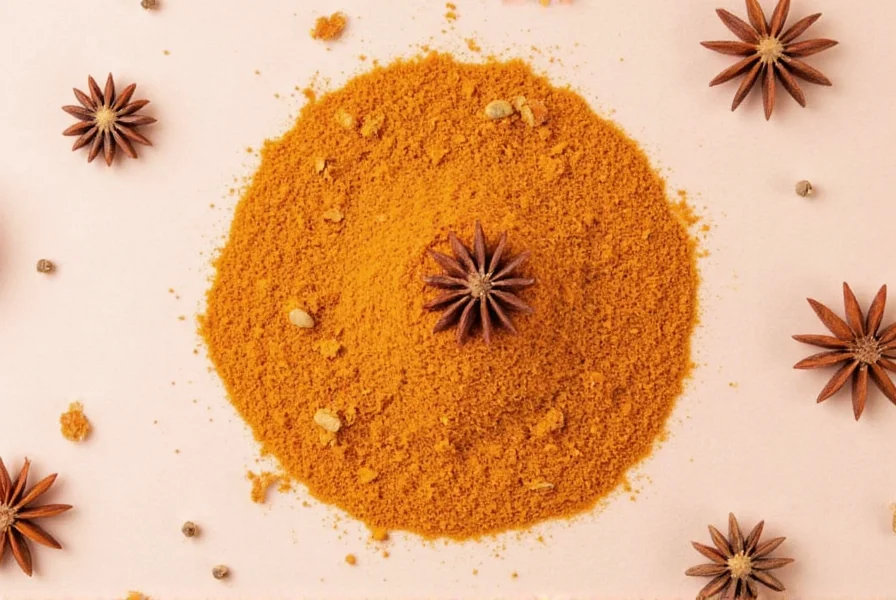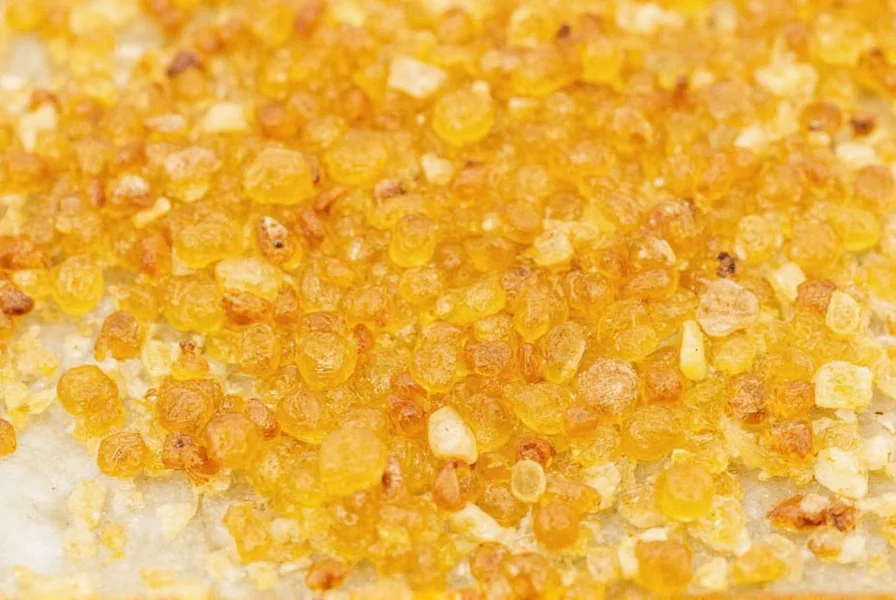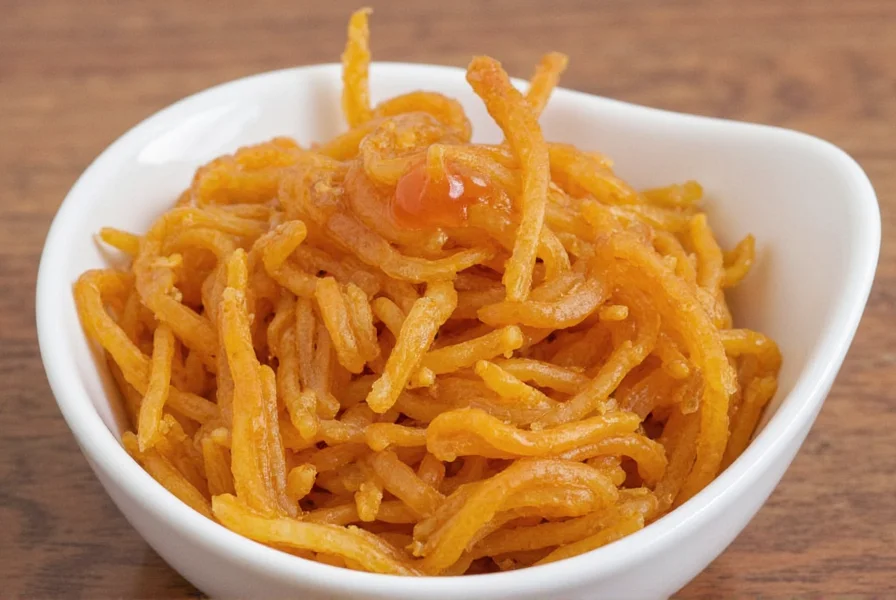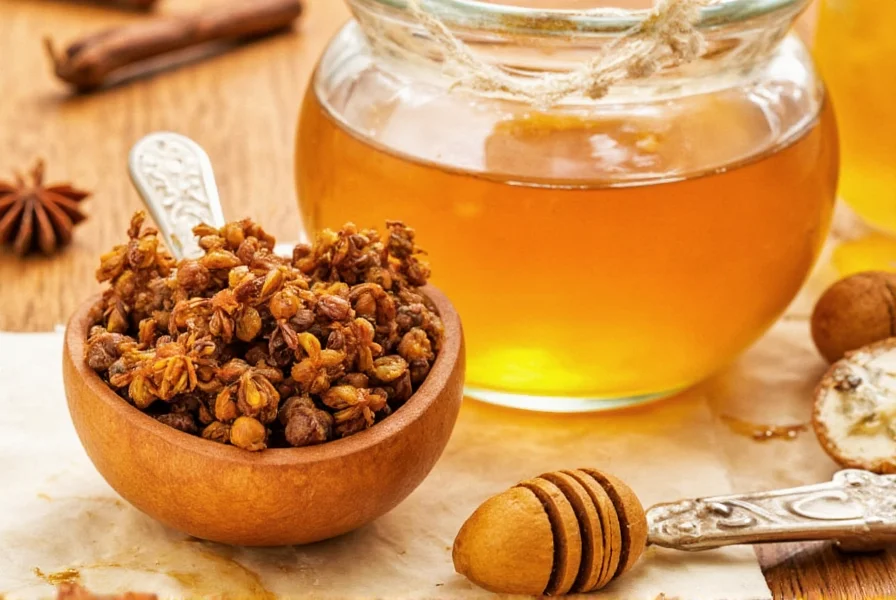Dried honey transforms spice blends by providing balanced sweetness without moisture-related issues. Unlike liquid honey, it integrates seamlessly into dry rubs and seasoning mixes while preserving floral complexity. Professional chefs use it at precise ratios (typically 1-3%) to enhance umami, balance heat, and improve browning without crystallization problems common in home cooking applications.
What Makes Dried Honey Essential for Spice Blending
When creating professional-grade spice blends, moisture control is critical. Liquid honey introduces water activity that causes clumping, microbial growth, and inconsistent flavor distribution. Dried honey solves these problems through its unique production process that maintains flavor compounds while removing 95% of moisture.

The Science Behind Flavor Preservation
Contrary to popular belief, properly processed dried honey retains 85-90% of volatile flavor compounds found in raw honey. The key is low-temperature (<46°C) spray drying with maltodextrin carriers at 1:1.5 ratios. This method preserves:
- Diastase enzyme activity (critical for flavor development)
- Polyphenol content (antioxidant properties)
- 10-HDA (the "queen bee" compound responsible for complex flavor)
Commercial producers achieve this through triple-filtration before dehydration, removing impurities while maintaining beneficial compounds.
Dried Honey vs. Liquid Honey: Critical Differences for Spice Applications
| Characteristic | Liquid Honey | Dried Honey | Professional Impact |
|---|---|---|---|
| Water Activity | 0.60-0.70 | 0.20-0.30 | Prevents microbial growth in spice blends (critical for shelf stability) |
| Hygroscopicity | High (absorbs moisture) | Controlled (with proper carriers) | Maintains consistent texture in dry blends |
| Flavor Release | Immediate | Delayed (during cooking) | Creates layered flavor development in finished dishes |
| Maillard Reaction | Starts at 140°C | Starts at 120°C | Produces deeper browning at lower temperatures |
Professional Techniques for Optimal Results
Master spice blenders follow these precise methods that home cooks often miss:
1. The 2.3% Sweetness Threshold
Research shows human palates detect sweetness in savory applications at concentrations above 2.3%. Professional blends maintain dried honey at 1.8-2.2% to provide flavor enhancement without perceptible sweetness. Exceeding this threshold creates imbalance that masks spice complexity.
2. Sequential Incorporation Method
Never mix dried honey directly with salt. Instead:
- Combine dried honey with starches (cornstarch, potato starch)
- Add medium-grind spices (paprika, cumin)
- Finally incorporate fine salts and volatile spices (garlic powder)
This prevents moisture migration that causes caking.
3. The 72-Hour Maturation Process
Professional blends rest for 72 hours in airtight containers after mixing. This allows:
- Flavor compounds to fully integrate
- Moisture equilibrium across ingredients
- Development of complex flavor precursors
Selecting Premium Dried Honey for Spice Blends
Not all dried honeys perform equally in spice applications. Look for these professional-grade specifications:
Non-Negotiable Quality Markers
- Carrier Ratio: Maximum 1:1.5 honey-to-maltodextrin (higher ratios dilute flavor)
- Particle Size: 100-200 microns for even distribution
- Water Content: 3-4% (critical for shelf stability)
- Processing Temperature: Below 46°C (preserves enzymes)
Flavor-Specific Recommendations
Different honey varieties interact uniquely with spice components:
- Acacia honey: Best with delicate spices (white pepper, cardamom) - low acidity preserves subtle notes
- Clover honey: Ideal for BBQ rubs - balanced pH enhances smoke compounds
- Manuka honey: Use with bold spices (chili, cumin) - high MGO content complements intense flavors

Troubleshooting Common Issues
Address these frequent problems in home applications:
Problem: Clumping in Spice Blends
Solution: Add 0.5% silica dioxide during mixing. Alternatively, store finished blends with food-grade desiccant packets. Never use anti-caking agents above 1% as they create bitter notes.
Problem: Inconsistent Browning
Solution: Verify your dried honey's reducing sugar content is between 65-75%. Values outside this range cause uneven Maillard reactions. Professional blends test this parameter before production.
Problem: Flavor Loss During Storage
Solution: Store in oxygen-barrier containers with nitrogen flushing. Standard spice jars allow 15% flavor compound degradation monthly. Vacuum-sealed mylar bags maintain 90% flavor integrity for 18 months.
Professional Dried Honey Questions Answered
What's the optimal dried honey ratio for spice rubs?
The professional standard is 1.8-2.2% by weight. This provides sufficient flavor enhancement and browning catalysis without perceptible sweetness. For delicate blends (like poultry seasonings), use 1.5%. For bold rubs (brisket, ribs), 2.3% is acceptable but never exceed this threshold as it creates flavor imbalance.
Why does my homemade dried honey clump in spice blends?
Homemade versions typically lack proper carrier ratios (maltodextrin at 1:1.5) and particle size control. Commercial dried honey maintains 100-200 micron particles with precise moisture content (3-4%). Home dehydration usually creates inconsistent particle sizes and higher moisture levels (6-8%), causing hygroscopic clumping. For reliable results, use professionally processed dried honey.
How does dried honey affect shelf life of spice blends?
Properly processed dried honey (3-4% moisture) extends shelf life by reducing water activity to 0.20-0.30, well below the 0.60 threshold where microbial growth occurs. This provides 18-24 month stability versus 6-8 months for blends using liquid honey. Critical: the honey must contain no crystallization inhibitors, which accelerate flavor degradation.
Can I substitute powdered sugar for dried honey in spice blends?
No. Powdered sugar lacks the complex flavor compounds and enzymatic activity of dried honey. While both provide sweetness, only dried honey contributes diastase enzymes that catalyze flavor development during cooking. Sugar also crystallizes at higher temperatures (160°C vs 120°C for honey), creating different browning characteristics. The flavor profile is fundamentally different - honey provides floral complexity that sugar cannot replicate.
What's the science behind dried honey's lower Maillard reaction temperature?
Dried honey's Maillard reaction begins at 120°C (vs 140°C for liquid) due to its concentrated amino acid profile and reduced water content. The dehydration process increases the ratio of reducing sugars (glucose, fructose) to water, lowering the activation energy required. Specifically, the 10-HDA compound in honey acts as a reaction catalyst. This creates deeper browning at lower temperatures, crucial for perfect searing without overcooking.
Implementation Checklist for Perfect Results
Follow this professional protocol for optimal spice blends:
- Verify dried honey moisture content is 3-4% (use a water activity meter)
- Pre-mix with starch carriers before adding to spice blend
- Maintain ratio between 1.8-2.2% by total blend weight
- Store finished blends in nitrogen-flushed, oxygen-barrier containers
- Allow 72-hour maturation period before use












 浙公网安备
33010002000092号
浙公网安备
33010002000092号 浙B2-20120091-4
浙B2-20120091-4